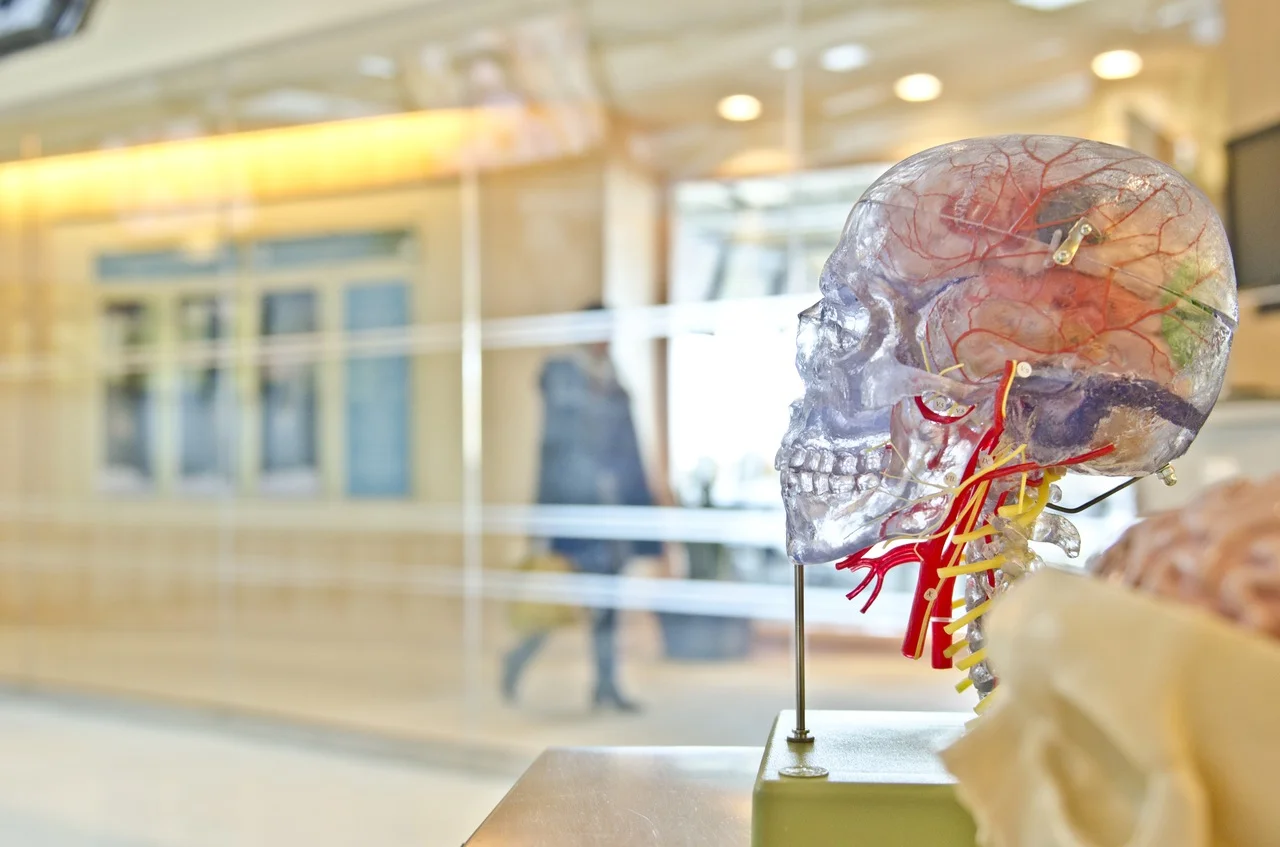Massage Therapy and Temporomandibular Disorders
/A comprehensive treatment should incorporate a number of rehabilitation strategies based on patient-specific assessment findings including, but not limited to:
• Manual Therapy (intra-oral and extra-oral massage)
• Acupuncture/ electroacupuncture (local, segmental and distal stimulation sites)
• Education on psychosocial factors (eg. BPS framework of pain, fear avoidance)







